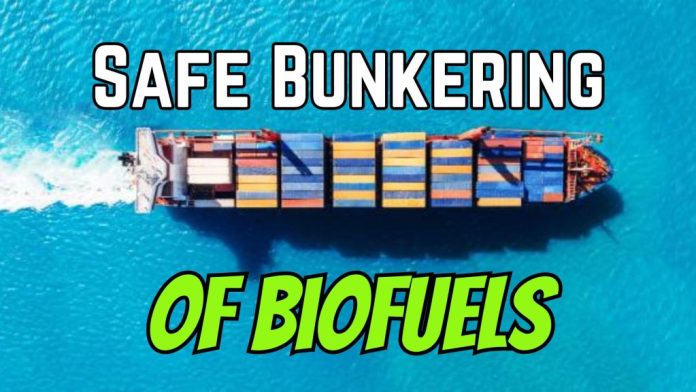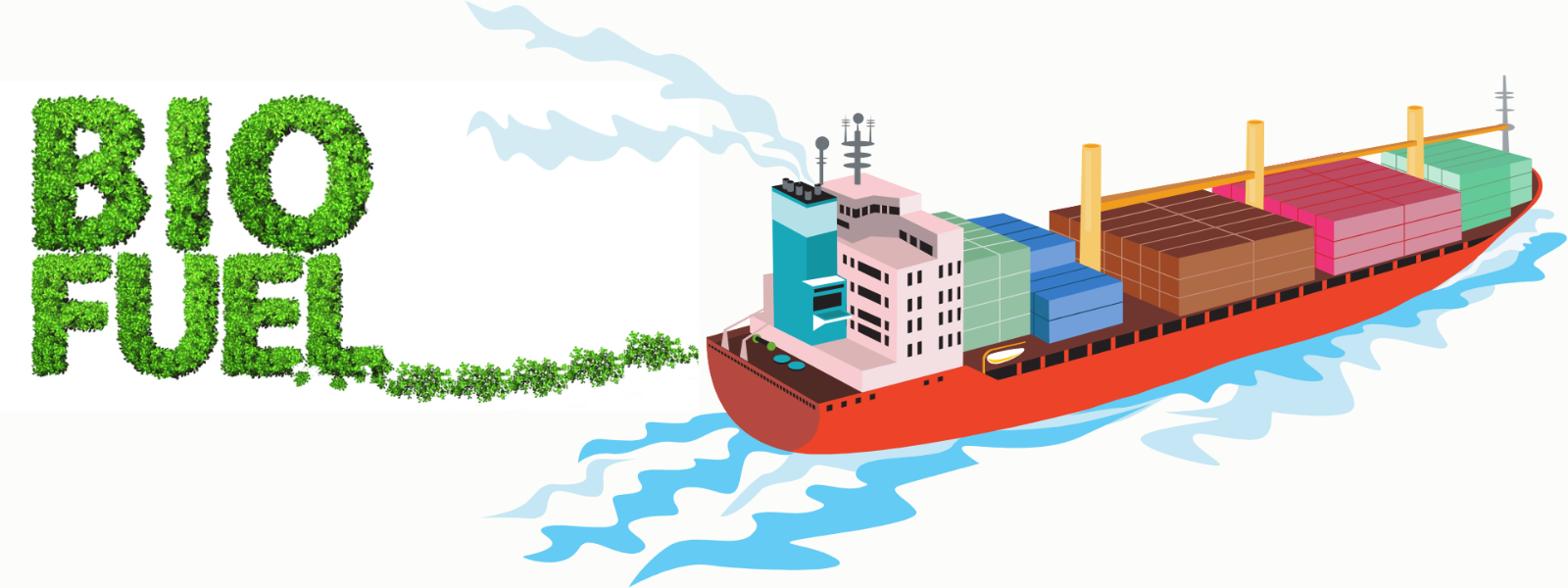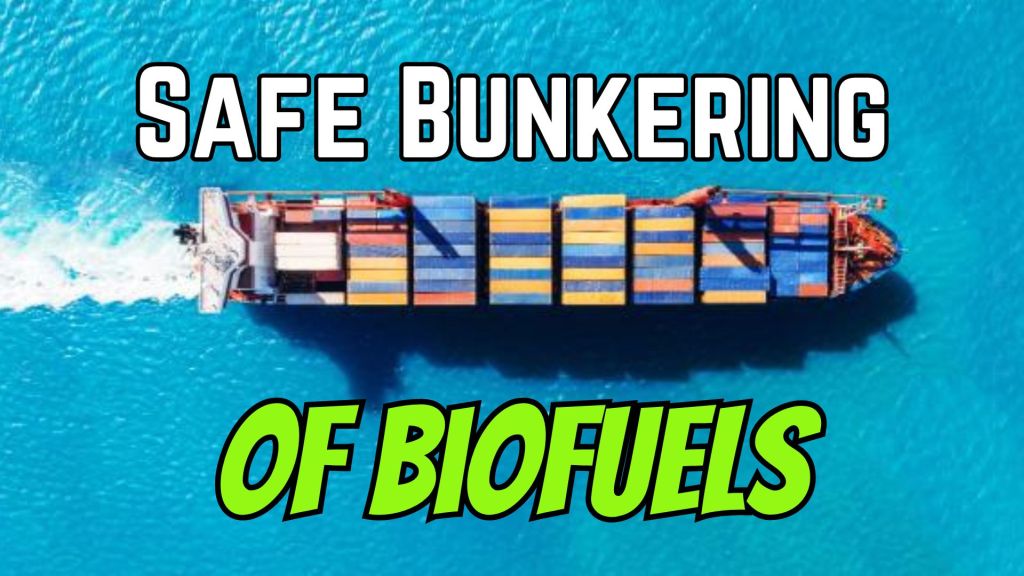
(www.MaritimeCyprus.com) In recent years, the maritime industry has turned its gaze towards biofuels as a viable solution for reducing carbon impact, driven by the imperative to decarbonize the global fleet.
Positioned as one of the limited choices for decarbonizing the deep-sea sector of the global fleet, biofuels necessitate a thorough understanding of their potential risks and hazards prior to a widespread adoption.
As traditional fuels like heavy fuel oils and marine diesel oils progressively give way to other energy carriers such as biofuels, the maritime industry may face a profound transformation in the design and operation of ships and their fuel supply chains.

This transition not only introduces novel safety concerns but also underscores the urgency of addressing the associated challenges in a cohesive and standardized manner. Ensuring the safe deployment of these new fuels is imperative to prevent additional threats to human life, health, and the environment, as well as to safeguard the integrity of assets.
The selection of biofuels for this study, identified through a recent EMSA assessment, are limited to bio-methanol, bio-FT-diesel, bio-DME, HVO and FAME, including relevant blends. Despite the ongoing bunkering of some biofuels in shipping, there exists a notable gap in widespread knowledge concerning these fuels and their potential safety implications.
This report aims to bridge this information void on a high level by focusing on the characterization of the selected biofuels as chemicals and fuels, as well as reviewing and identifying available rules, regulations, industry standards and best practices.
Download below the EMSA report BUNKERING OF BIOFUELS IN MARITIME: CHARACTERISTICS, REGULATORY LANDSCAPE, AND SAFETY ASSESSMENT:
Source: EMSA
![]()
Explore more Guidance and Resource papers on Biofuels, HERE














